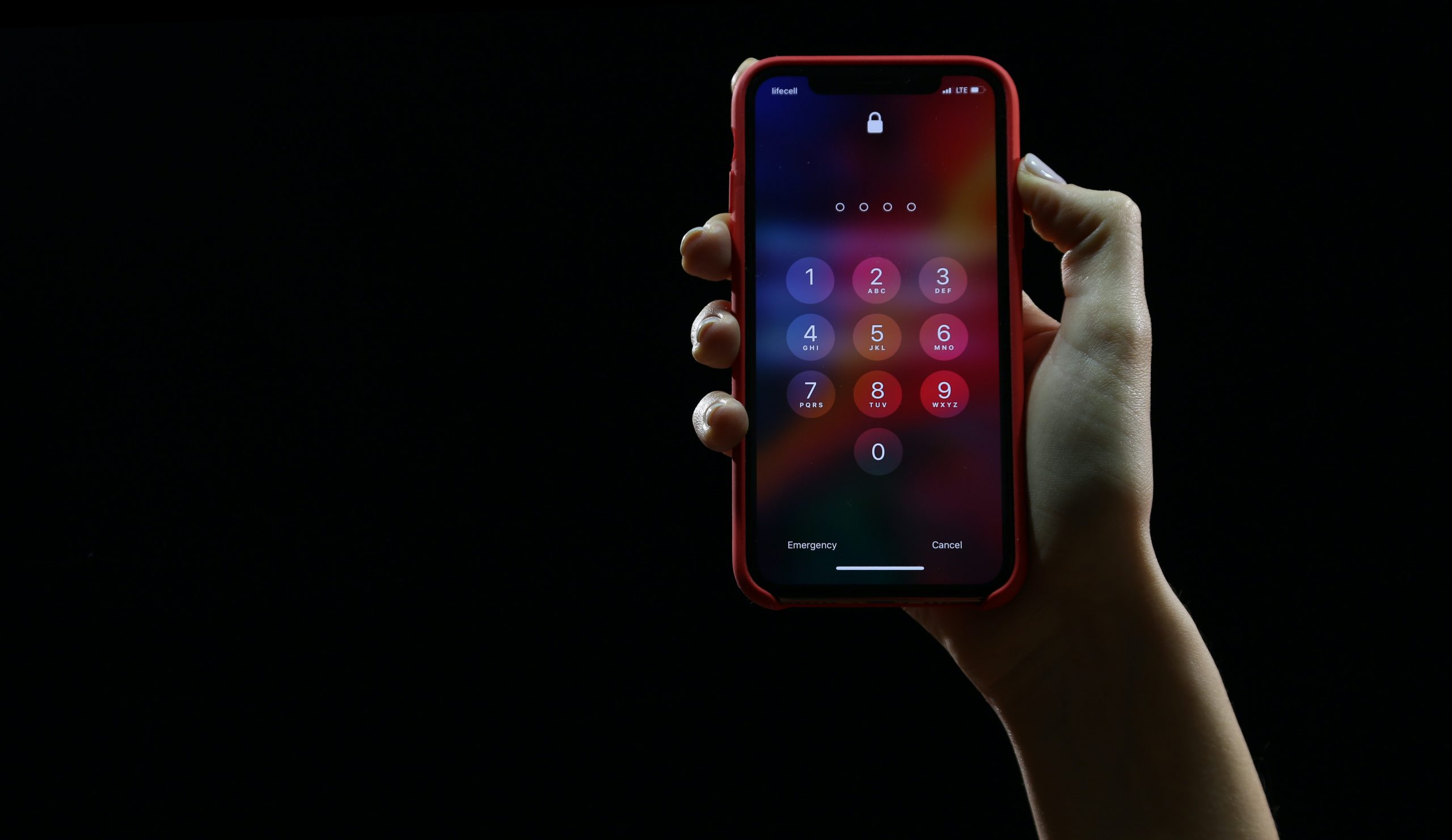Written by Syan Bateman
In the last part of the Password Protection, we covered how password managers can be used to help protect your accounts. Another key tool is Multi-Factor Authentication – MFA. But what exactly is it and how can it help you?
What is MFA?
MFA is an authentication method that requires people to give two or more forms of verified identification to access an account. There are three main forms that MFA uses. The first is knowledge – things you know, such as your account login and password. The second is possession – things you have, such as a key or mobile phone. The third is inherence – things you are, such as biometric identifiers like face scans for your phone.
How does it work?
MFA tends to add steps to the current login-password method we use. A typical process might be using a staff card to enter the system, then using login details. They may then have to use a fingerprint scan, or use a verification code texted to their phone.
Why should I use it?
It seems simple, but it adds steps of complexity that blocks hackers. Microsoft claims that it blocks nearly 100% of account hacks, and its use is becoming more commonplace with companies.
It’s a useful tool to help prove security compliance, especially with regulations like GDPR requiring higher standards of security.
It’s also simple for your users. They don’t have to remember multiple passwords, and don’t have to remember to bring anything for biometric identification. Biometric or physical objects are also harder for hackers to steal, so it reduces the risk of phishing for your company.
Now you know about MFA, take a look at how we can help you develop your security and data protection compliance, or email for more advice at info@bivika.com.


No responses yet